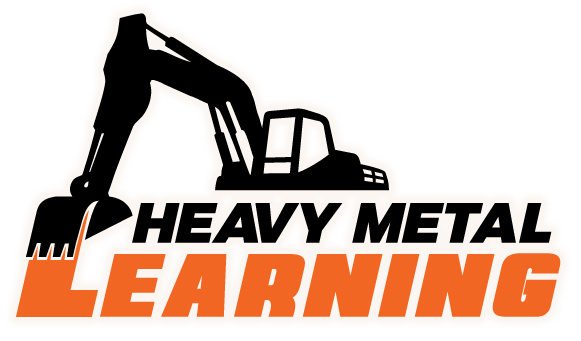How to Operate an Excavator
If you have never operated a piece of heavy equipment or are a seasoned-vet in the construction industry, you never stop learning. We put together this tutorial to help those looking for some direction on how to operate an excavator. We will go over five important aspects to operating an excavator, including controls, driving/operating, digging, backfilling and parking.
Controls
Learning the controls is essential to becoming efficient as an excavator operator. There are two different types of control patterns for excavator: ISO & SAE. Typically, ISO controls are standard, which we will be using. It is important to note that most machines now have a valve that you can switch to the control pattern that you are most comfortable with.
Right Joystick: Controls the Boom & Bucket
Boom: The boom is an angled arm that is attached to the excavator itself that moves up & down. It is controlled by pushing the right joystick forward (boom down) and backward (boom up).
Bucket: The bucket is located at the end of the stick. It is controlled by tipping your wrist to the left (bucket open) & to the right (bucket closed).Left Joystick: Controls the Stick & Swing
Stick: The stick is pinned to the boom and moves forward and backwards. It is controlled by pushing the left joystick forward (away from the cab) and backwards (towards the cab).
Swing: The swing can rotate the excavator cab 360 degrees. It is controlled by tipping your wrist to the right or left.
Driving
Generally, you are either digging or driving. If you’re new to operating the excavator, we recommend keeping it simple. To drive, you want to become familiar with your track pedals, which control the direction of your tracks. You can either use your hands or feet with the track pedals. If you are facing forward, your track pedals will operate as follows:
Both petals pressed forward: The excavator will move forward in a straight line.
Right petal: Your track will move to the right.
Left petal: Your track will move to the left.
Both petals pressed backwards: The excavator will move backwards in a straight line.
Digging
Just like the controls, learning the correct way to dig is essential to becoming efficient as an excavator operator. Safety is key. Remember to start straight over your tracks, which should keep your machine the most stable. Here are tips to help you dig effectively:
Take your feet off the track petals before digging.
Start by extending the stick straight out.
Make sure the teeth of the bucket are angled enough to dig into the ground easily.
Lower your bucket into the ground. When you have enough dirt, curl your bucket.
Raise your boom high enough off the ground to prevent dragging.
Use your swing controls to move towards the direction you’d like to drop your dirt.
Open your bucket to drop the dirt.
Backfilling
Backfilling with a bulldozer is preferred, but if nothing else is available, you can backfill effectively with an excavator. It takes a lot of stick time to become proficient, so new operators should take it slow and follow these general steps:
Start at the furthest point out from the excavator and work your way in.
Scoop as many piles of dirt as possible back into the hole. Avoid digging below the surface.
Once you move the majority of dirt, you can use the side of the bucket to move the remaining dirt over the hole.
Parking
Properly parking your excavator is extremely important. This will ensure that you are able to climb out safely and that the excavator is ready for the next job.
Position yourself so you are square with your tracks.
Lower the bucket so that it is flat to the ground. Lower the bucket so that it is flat to the ground.
Pull up on your safety lock lever/parking brake to lock the machine.
Turn the throttle down.
Leave the machine idling for the manufacture’s recommended amount of time.
Turn the excavator off.
